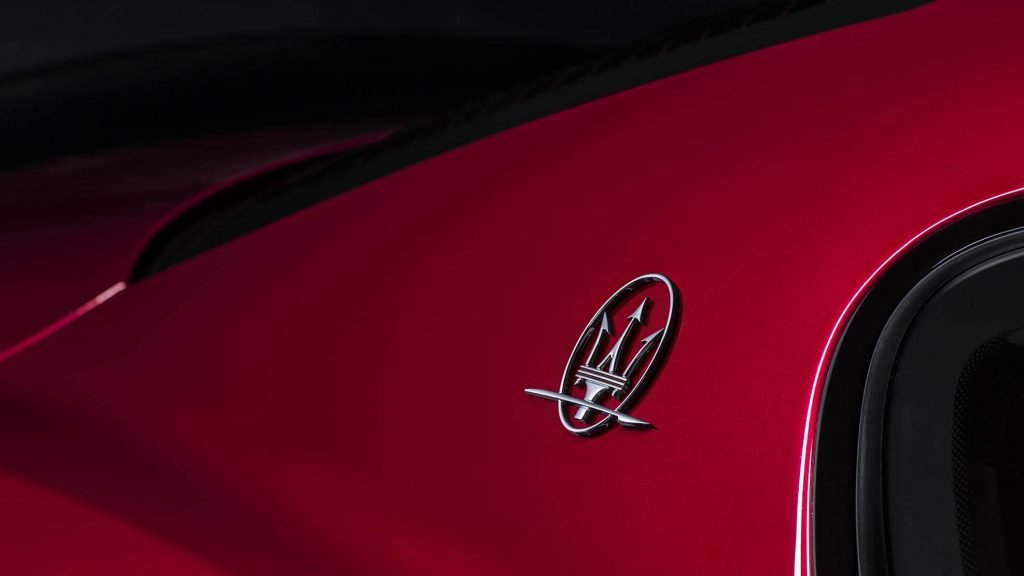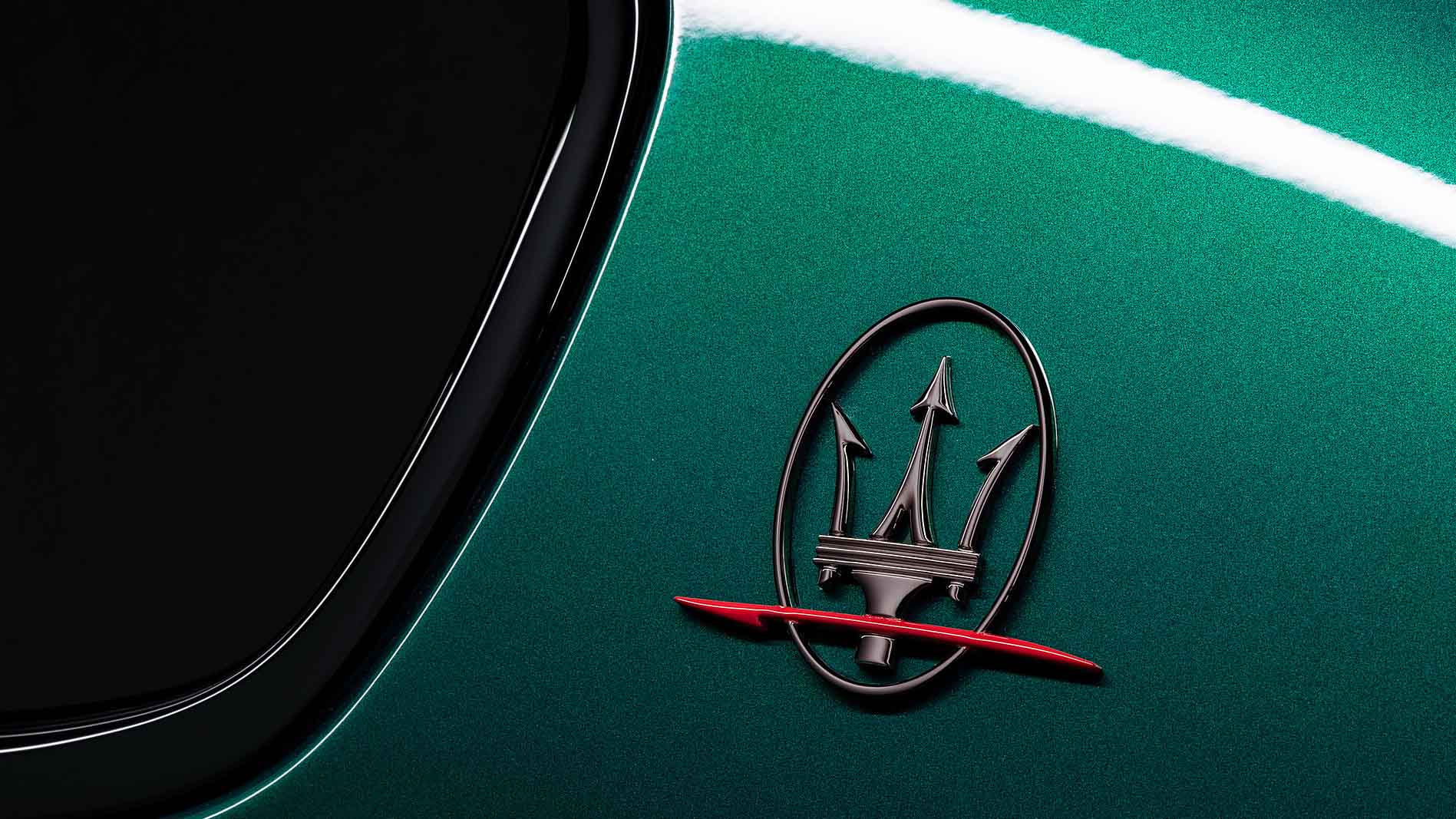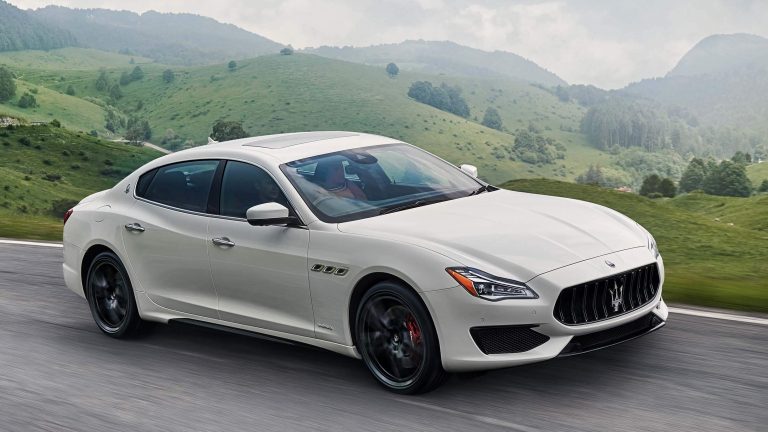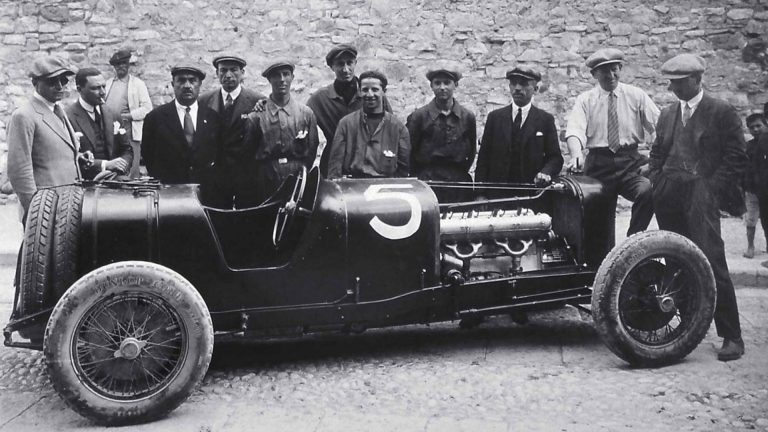The Maserati Emblem – Emblazoned Icon
In the modern, commercial world in which we live in, brands and their emblems have become intrinsic in our culture. The emblem for Coca Cola, Apple and Microsoft are known the world over. Even for people who have never owned one of the electronic devices will still identify with what these items are.
If these brands become so pervasive in everyone’s consciousness, then they become icons of the modern age. Their image signifies quality, exclusivity and a better way of life. Automotive badges are a clear example of this, whether you’re looking at Maserati badges or any other exclusive brand.
There are several iconic emblems that grace the motoring world. The Mercedes-Benz logo is easily identifiable by anyone and, with the help of the Beastie Boys, in the 1980’s, the badge became a part of Hip Hop fashion and culture. Other carmakers are just as distinctive; BMW’s blue / white circle, the winged ‘B’ of the Bentley, the feminine image of the Spirit of Ecstasy that sits on the hood of Rolls Royce, Ferrari’s black prancing horse and the bull of the Lamborghini. All of these are now instantly recognizable and have become status symbols in their own right.
An Italian Icon
But there is one more automotive insignia which has become more iconic, due to its illustrious history and racing heritage. It is often the case, that we hear the emblem before we actually see it. The all too familiar pop, crackle and roar of its engine will turn heads toward it. Confronted with a ferocious looking front grille that has a silver trident sitting in the middle of it. This is the Maserati emblem.

But such a striking image is quite different to other motor companies. The Maserati emblem meaning is steeped in the carmaker’s origins that span over a century ago. The Maserati emblem history is a long and thoughtful one.
Kneel Before Neptune!
Since 1940 Maserati have been based in the city of Modena. But prior to this, in their first 26 years of existence, they began operations in their “home town” of Bologna. This is where the Maserati Brothers came from and opened their first workshop, in 1914. For the first 12 years, the engineering brothers built automobiles for Diatto. But, when they suspended their car making operations, in 1926, the Maserati boys decided to carry on by themselves.

Their first car off the production line, which was a racing car, was the Tipo 26 and already it was adorned with the famous Maserati hood emblem. But what does the Maserati emblem mean? Well, we have to go back to Mario Maserati, the creative brother not involved with the family business, to find out what was the thinking behind it.
There was a fountain in Bologna that had become iconic to the city and it had a large statue of Neptune upon it. Held in his hand was his trident, a symbol of his godly power over the sea. The three pronged trident head would become the Maserati logo to symbolize the company’s origins from Bologna and the car’s power and strength over others.
Viva Bologna!
While the iconic silver trident sits in front of the car, there is another Maserati car emblem that adorns the front of the hood that is just as famous. The red, white and blue badge that is made up of the trident as well as the name of the brothers. This also signifies the company’s roots as the colors of red and blue are synonymous with Bologna as well.

These colors would also signify the strength of Neptune (blue), the power of Maserati on the roads (red) and the white color represents the land over which Maserati rule overall, even the lettering in the badge would hold significance, as the font that was used to spell out the company name, is called ‘Bembo’. This calligraphy is from the 15th Century and was first used by Francesco Griffo who hailed from Bologna.
Though the design and coloring has undergone some changes during that time, it has stayed, by and large, the same Maserati hood emblem for the last 55 years.
Tridents Throughout
No matter where you look around their automobiles, the Maserati emblem of the trident is ever present. On the interior, the trident is embossed on the steering wheel in an eye catching silvery sheen. Each headliner has the trident logo hand stitched into the Poltrona Frau leather or Alcantara suede. The endless varieties of thread ensure that each headliner is unique to its owner’s wishes, in contrast to the chosen tone of the leather.

On the exterior, it appears in a couple of places. The most iconic Maserati emblem is the trident badge that is located on the C-pillar. This distinctive logo has a subtle difference to the others, as it has a line drawn across the bottom of the trident. This is known as the ‘Saetta’ badge. This Italian word means ‘lightning’ and the emblem signifies a signature for “below the line” products – a hallmark to their quality. On the new ‘Trofeo’ models, this Saetta emblem is a little different as the lettering is also included, with the trident, and given the underline treatment.
The center of the hub cap is also engraved with a trident and these are usually colored in the ubiquitous Maserati Blue. Designs for the more recent alloy wheels always have a play on the three pronged shapes of the trident. With multiple trident shapes pointing outwards, it is as if they are digging into the road itself, as the Maserati skims over the asphalt, and the vehicle is drawing power from Neptune himself.
Racing Memories
Of course, the most famous trident badge on the outside of the car is the one directly in front that becomes the Maserati grille emblem. In pride of place, this is the largest trident that adorns the Maserati, as it represents everything about the Modena carmaker’s glorious history. Sitting on a grille that has been on the front of many victorious racing cars over the last 95 years.
Though the front grille has been designed in various shapes over the decades, in recent years it has taken on a specific look that is very significant. This shape is to honor and memorialize a car and a driver that dominated the world of racing back in the 1950’s.

Juan-Manuel Fangio is widely regarded as one of the best racing drivers ever to have got behind a wheel. In the 1950’s he was to drive several times for Maserati, using such models as the 4CLT/48, 250F, A6GCM and the 450S. He would go on to win the F1 World Championship five times. He would be driving the iconic 250F for Maserati in one of those wins and the front grille has been honored in their most recent automobiles.
Cursive Design
Maserati would never be shy about putting a lot of lettering on the bodywork of their cars. At the rear of the vehicle, the name of the Modena carmaker would scroll across the back in a distinctive cursive script. In later years, the silvery emblem would be written in a way that all the letters were joined from the bottom to give an impression of speed to the name.
In similar cursive script, the name of each model is displayed on the rear of the car. The Maserati Ghibli emblem, similar to either the Quattroporte, Levante or GranTurismo, are all fashioned as a metallic plate. This is manufactured in chrome, burnished aluminum or a piano-black metal.

This trend is continued for the Maserati side emblem which is located just behind the front wheel arch. Lettering here will usually denote the upgraded model of each vehicle – GT, GranLusso, GranSport. And these are located just above or below another iconic feature of the car.
Three Little Words
The lettering sits closely to the triple air vents that sit just behind the front wheel arch. In recent years, this has become a steadfast design feature to every model that comes out, a Maserati signature card. But the idea of having a side grille behind the front wheel is an old one and graces several of their classic models.

The first production car to have a vent was the 1954 2000 GranTurismo which was based on their racing car A6G54n and was one of their first high speed production cars, though only 60 were ever made. The 3500GT would also display the same vent and would continue to under several different models from 1957 until 1965. Other iconic vehicles to sport this feature was the 1964 Mistral and the 1967 Ghibli and Ghibli Spyder in 1969.
In the last 15 years, the Modena carmaker has become more attentive to their illustrious past and looked to restore some of the most iconic features to their designs. Every design feature, color tone or accent has a deeply thought out reason for it being used. In their own way, they all become Maserati emblems. Each one cementing the iconic values of Maserati as a symbol of quality, desirability and racing history.







